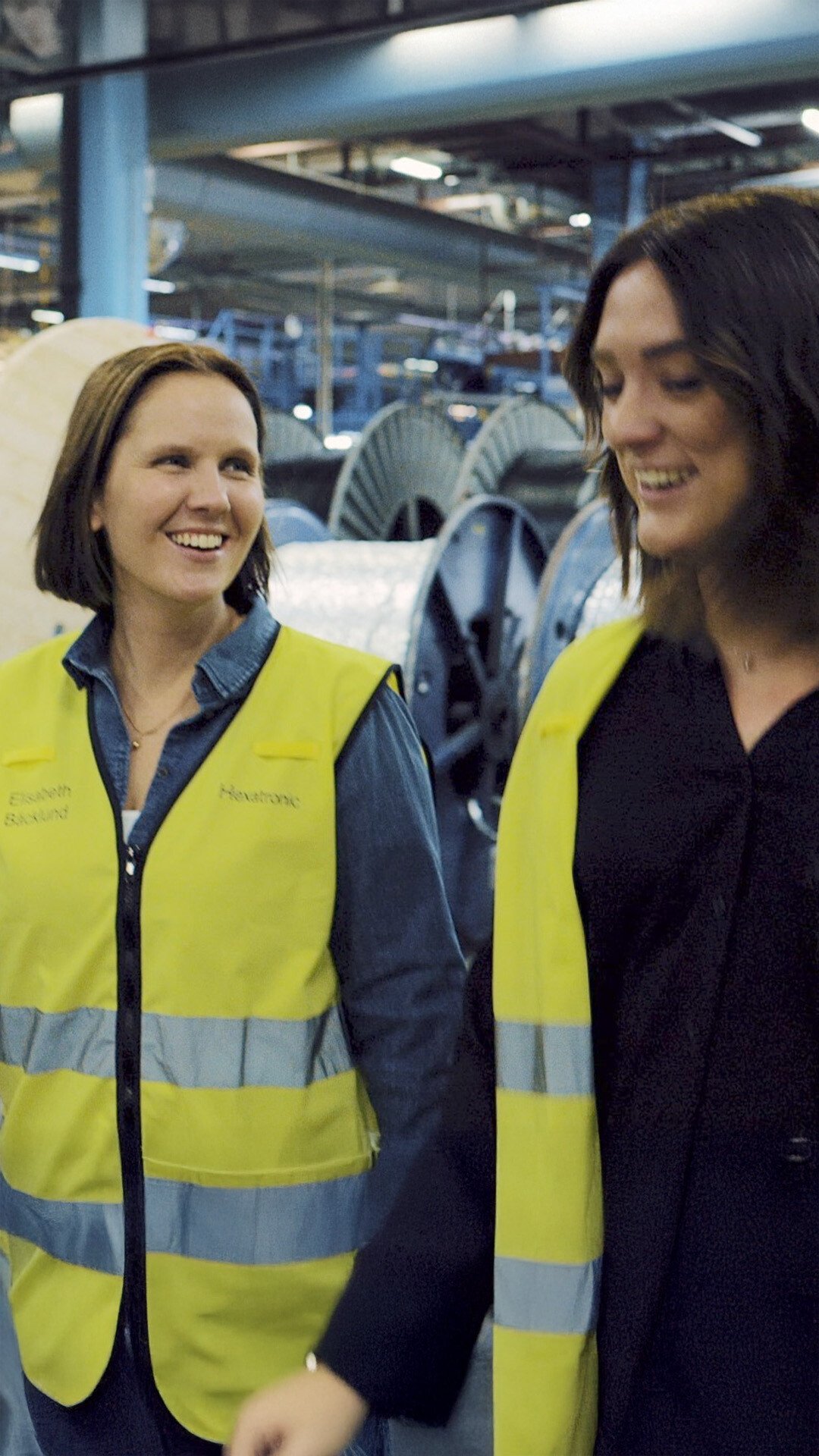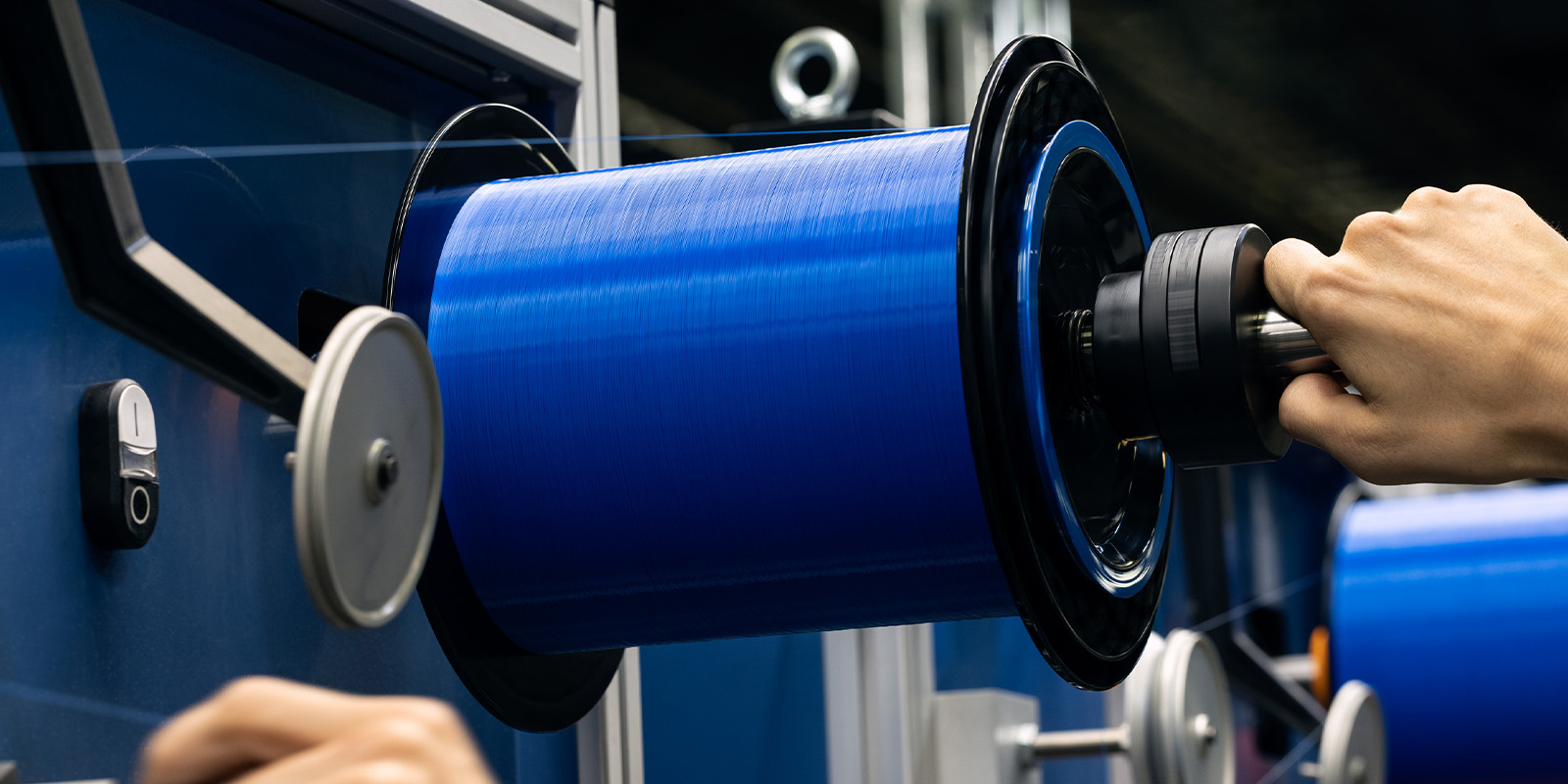Considering the Total Cost of Ownership (TCO) is a smart strategy when purchasing a product. It applies to any part of your life, from a new family car to business decisions. With more significant projects, such as building an optical fiber network, the importance of studying the Total Cost of Ownership grows exponentially. In this article, we pinpoint which important factors influence the TCO of passive fiber networks the most so you can make your decisions with the highest level of confidence.
What is Total Cost of Ownership, and why is it important?
Simply put, the Total Cost of Ownership is the total cost of the fiber network over its entire lifespan, including direct and indirect, or hidden costs. Considering the bigger picture in this manner when comparing different supplier solutions can create major savings over the life of your project. We look beyond the initial buildout of the infrastructure cost for the fiber network and assess installation, maintenance, and operational costs.
So, what affects the TCO for fiber networks? Some vital factors are system quality, installation efficiency, required training for the labor pool, delivery time and predictability, and a complete solution setup. Let's dive into these topics in more detail.
High quality for long-lasting networks
High-quality products might seem more costly, but the investment becomes worthwhile when you factor in the increased network lifespan, less downtime, and reduced maintenance needs. Therefore, look carefully into the quality of the system you select. Below is a list of a few helpful questions to consider.
- How does the supplier work with quality control?
- Can the products endure the strain and stress of the installation and operational environment long-term?
- Can you visit the production facility to check it out for yourself?
Speed and ease of installation bring down labor costs
A range of technologies is available when planning for a fiber network deployment. Let's quickly look at the cost distribution to make a wise choice of technology to deliver fiber. Commonly, the material cost is only around 15% of the total project cost, whereas labor stands for about 85%.

This realization will guide you to fiber technologies with ease of handling and fast installations, such as air-blown fiber technology. Read more about how air-blown fiber compares to traditional methods in this article. With installation comprising the central part of the total cost, reducing installation time has the potential to be the most critical cost-saving factor in your project. Important questions to think about are:
- What technology will give the most cost-efficient solution (CAPEX and OPEX)?
- Can you get the complete system from one supplier to ensure the compatibility of all the system components?
- Will you receive training and support throughout your system design, build, and operations?
Training and field support for a smooth roll-out
Well-trained and confident installers and the availability of support in the field are essential aspects of a smooth roll-out. Proper knowledge ensures the quality of the network and fast deployment. With hands-on support in the field, you can also minimize construction downtime when you run into issues. Before choosing a supplier for your project, consider the following:
- What happens if you run into issues on-site? Can you rely on field support or site technicians to help out?
- Will this cost me more, or is this part of the system solution value already?
Delivery on time!
Timely and predictable delivery is vital to your fiber network project. You need the right products at the right time in the right place. We have collected some questions to bear in mind:
- Does the supplier have its own production, with the possibility to oversee the production process and deliver on time?
- Is the production local so that freight is minimal and delivery times are short
- Does the supplier have sufficient redundancy in their own supply chain?
One partner for the total solution
Lastly, choosing a supplier who can offer the total solution also has the potential to reduce the TCO. Aim for close partnerships where both parties care about the end result. Having one point of contact makes it easier for you as a customer. Sourcing the entire system from one supplier has more clear benefits - products designed to be compatible and one responsible partner to turn to. Think about:
- Which suppliers can offer the complete solution?
- Can you see testimonials or even talk to other customers to evaluate the partnership with a new supplier?
Conclusion
Considering the Total Cost of Ownership can be a powerful tool when assessing different options for your fiber network project. Looking beyond the initial product cost paves the way for expense optimization. For fiber networks, bring the valuable insight that the installation cost is the most significant part of the total project cost into your decision-making and focus extra on the installation efficiency of the technology you choose to deliver fiber. Other important aspects are product quality, the possibility of training and support, and reliable deliveries.
Make sure to select a partner to support your project all the way. Do you want to discuss your specific network project with us? Reach out here to start the conversation!



























